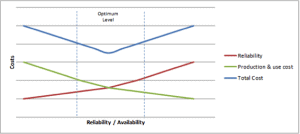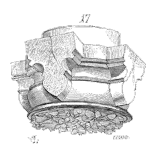
Something to Make You Smile on a Monday!
Something light to read on a Monday afternoon.
I’m beginning think that one of the worst side effects of growing older has nothing to do with the fact that you are not as active as you should be, but that you spend that time where you should have been walking, running, riding a bike or chasing the kids thinking about crap that might have little significance to the rest of the world. [Read more…]













 Ask a question or send along a comment.
Please login to view and use the contact form.
Ask a question or send along a comment.
Please login to view and use the contact form.